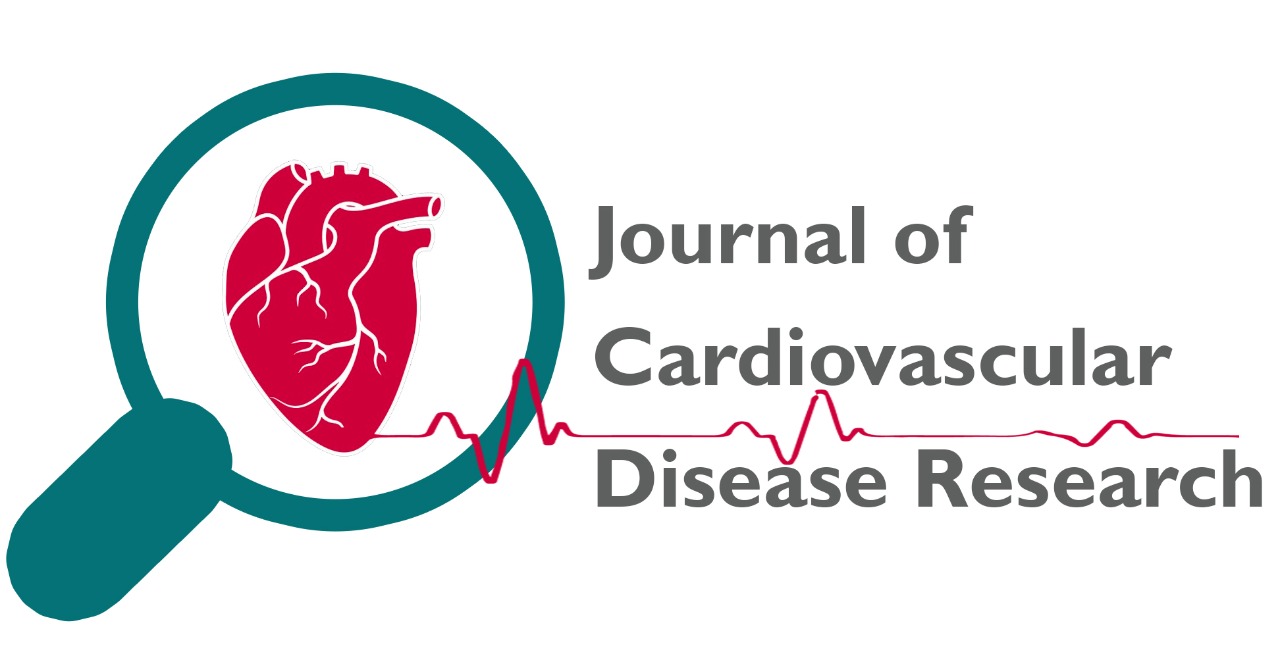
Clinical Profile and Outcome of Hypertensive Emergencies at a Tertiary Care Hospital
Pinki Lohan , Vishvanayak , Piyush Khajuria , Mrinalini Singh , Deepak Jaiswani
JCDR. 2023: 1184-1189
Abstract
Hypertensive emergencies refers to a large spectrum of clinical presentations secondary to uncontrolled blood pressure (BP) with subsequent progressive or impending end-organ dysfunction. Hypertensive emergency (HE) needs early differentiation from hypertensive urgency (HU) for early institution of successful management. Oral AHTT with diuretics, renin-angiotensin-aldosterone system inhibitors and/or calcium channel blockers are indicated to achieve BP control in patients of HU. Our study would be helpful in understanding the spectrum of clinical presentation and outcome of HE especially related to cardiovascular, central nervous and renal systems in our tertiary care centre along with assessment of its occurrence and causes. Material and Methods: Inclusion Criteria are all patients above 18 years of age having Systolic BP>180mmHg & Diastolic BP>120mmHg with clinico-biochemical evidence of end-organ damage (EOD). Exclusion Criteria are pregnancy, Known cases of Chronic renal failure, Valvular heart disease, Known cases of secondary hypertension. Results: This hospital-based, prospective, observational study was conducted in the on 81 OPD/IPD/Emergency patients of/in the Department of Internal Medicine, Teerthanker Mahaveer Medical College and Research Centre. In our study 35.8% of study subjects were above 60 years. 44.4% were female, most common presenting symptom was left/ right weakness 25.9%, 44.4% of subjects CVA was the clinical diagnosis. Out of 31 subjects in whom CT scan for head was done, 22.2% had hemorrhage while 13.5% had infarct. 16% of subjects showed cardiac hypertrophy on 2D-ECHO. The mean systolic blood pressure was high at admission and significantly decreased with each follow up at 1, 2 and 3 months. Conclusion: Acute elevation in blood pressure is a common presentation in emergency department. Patients need aggressive and controlled reduction in blood pressure using intravenous antihypertensive therapy for preventing the associated morbidity and mortality secondary to end-organ damage especially strokes and myocardial complications
Description
.
Volume & Issue
Volume 14 Issue 5
Keywords
.
|
This is an open access journal which means that all content is freely available without charge to the user or his/her institution. Users are allowed to read, download, copy, distribute, print, search, or link to the full texts of the articles in this journal without asking prior permission from the publisher or the author. This is in accordance with the Budapest Open Access Initiative (BOAI) definition of open access.
The articles in Journal of Cardiovascular Disease Research are open access articles licensed under the terms of the Creative Commons Attribution Non-Commercial License (http://creativecommons.org/licenses/by-nc-sa/3.0/) which permits unrestricted, non-commercial use, distribution and reproduction in any medium, provided the work is properly cited. |
|
|
|
|
|
Copyright � 2022 Journal of Cardiovascular Disease Research All Rights Reserved. Subject to change without notice from or liability to Journal of Cardiovascular Disease Research.
For best results, please use Internet Explorer or Google Chrome POLICIES & JOURNAL LINKS
Author Login
Reviewer Login About Publisher Advertising Policy Author's Rights and Obligations Conflict of Interest Policy Copyright Information Digital Archiving & Preservation Policies Editorial Policies Peer Review Policy Editorial & Peer Review Process License Information Plagiarism Policy Privacy Policy Protection of Research Participants (Statement On Human And Animal Rights) Publication Ethics and Publication Malpractice Statement Corrections, Retractions & Expressions of Concern Self-Archiving Policies Statement of Informed Consent Terms of Use |
Contact InformationJournal of cardiovascular Disease Research,
|




